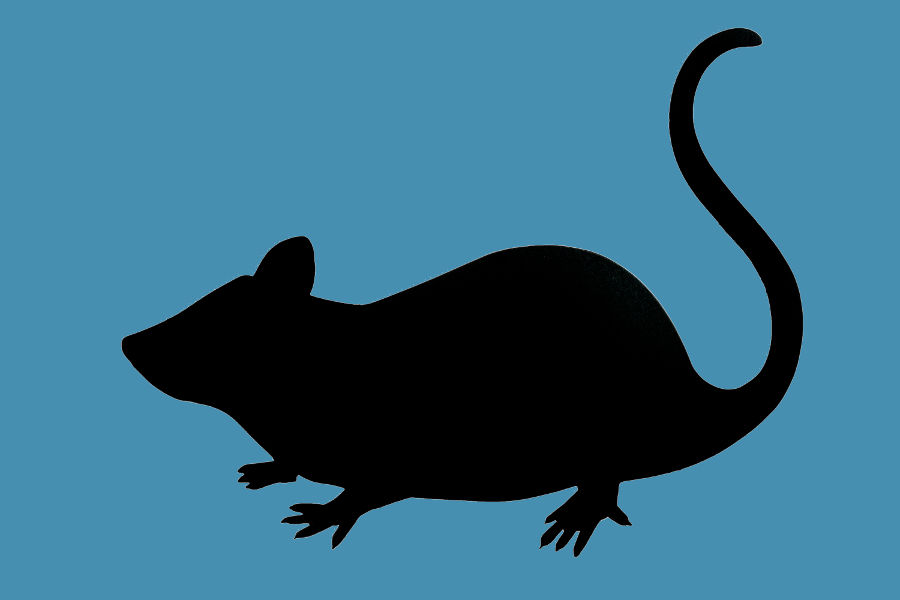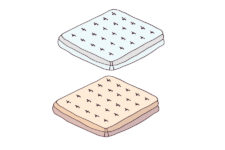It’s no understatement that local laws in NYC can get complicated. That said, we’re always here to help you break down confusing information and understand how to keep your buildings in good compliance. This week we’re taking a deeper look at Rodent Inspection data – information you can get directly in your SiteCompli account!
When it comes to DOHMH Rodent Inspections, there are several Inspection Types you’ll want to know:
| Inspection Type | Description |
|---|---|
| Initial Inspection | Conducted in response to a 311 complaint. Can also be conducted as part of the neighborhood indexing program. |
| Compliance Inspection | If a property fails its Initial Inspection, the Health Department will conduct this follow-up Inspection. |
| Bait/Baiting | Application of rodenticide bait, or other monitoring visits by a DOHMH pest professional. |
| Clean Up | The removal of garbage and clutter from a property by the Health Department. |
What’s the rat indexing program? Learn more about complaint-less inspections conducted in the Bronx and Manhattan here.
You can get several results from those Inspection types:
| Inspection Result | Description |
|---|---|
| Active Rat Signs (ARS) | Denotes a sighting of any of the following six things: fresh tracks, fresh droppings, active burrows, active runways and rub marks, fresh gnawing marks, or live rats. |
| Problem Conditions | Problem conditions include garbage (poor containerization of food waste resulting in the feeding of rats), harborage (clutter and dense vegetation promoting the nesting of rats), and mice. |
| Bait/Baiting | Application of rodenticide. |
| Monitoring Visit | Monitoring visit by a Health Department Pest Control Professional after bait has been applied. |
| Passed Inspection | Inspection is clear of signs of rodents. |
A reminder from the Department – “properties fail inspections when any signs of rats are found. Not all properties have an equally severe problem.”
Inspections regarding the same issue are threaded together using the same Job ID number. This number follows the inspection through what could be several different types and results. For example, a single Inspection Job ID may have dozens of individual visits, ranging from Compliance Inspections to Baiting visits.
Each individual visit is tied to a “Job Progress” number (1, 2, 3, and so on). You’ll typically see lower Job Progress numbers for initial visits, and higher numbers for Baiting Inspections. A “Passed Inspection” result usually denotes the end of that Job ID thread.
Why is this important, anyway?
A failed compliance inspection can turn into either a DOHMH-ECB (OATH) violation or a DOHMH commissioner’s order. If you’re able to address the condition after a failed initial inspection, you can avoid violations. And since the average time between initial inspections and compliance (follow-up) inspections is about 51 days, there’s a big window for owners and managers to make any necessary corrections.
Questions about Rodent Inspection data in your SiteCompli portfolio? Reach out to our team at support@sitecompli.com – we’ll be happy to help!



